All Things Distress
Part 10
Distress Inks, and why they are so special
.
- - - - - - - - - - - - - - - - - - - - - - - - - - - - - - - -
As promised, today I’m giving you another couple of ways to
colour with your distress markers, using different blending techniques.
And, as a bonus, I’m also giving you
the run-down on the white Picket Fence marker, because this is quite different
from the rest of the range.
First – the colouring in.
.
what do you need?
.
Distress Markers
Stamps
Ranger Archival Ink (black)
Watercolour paper
A craft sheet
{Items can be purchased at Scrap-n-Crop.com HERE}
.
- - - - - - - - - - - - - - - - - - - - - - - - - - - - - - - -
.
Instructions:
.
The first blending technique is very similar to
those used for Copic Markers.
Simply stamp your image with Archival Ink onto watercolour paper, and
then colour it with the lightest colour.
Add the darker colour, and then go over the part of the image where the
two colours meet, using the lighter colour again. I found that this technique gave very intense colours, and
the shading was not particularly subtle.
I think if you used it with two colours that were similar (eg wild honey
and spiced marmalade), it would work better, but perhaps not so much for
different colours, such as dusty concorde and broken china.
I much preferred the second method. It gave me a lighter image with very
subtle blending. This was achieved
by stamping as above, and then
applying some of the darker colour ink to the craft sheet. (NB you could use a palette, an old CD
or plastic packaging instead – anything that is non-porous). Take the lighter marker, and use it to
pick up the darker colour, then colour in, starting with the area that you want
to be darkest. Don’t worry, it
won’t ruin your markers! The
darker ink goes onto the paper first, and is gradually replaced with the
lighter ink , until the marker goes back to its original colour.
For my stamped image (pictured), I coloured the
middle of the flower with spiced marmalade and wild honey, working from the
outside into the middle. For the
petals, I used broken china on the craft sheet, and the tumbled glass marker.
- - - - - - - - - - - - - - - - - - - - - - - - - - - - - - - -
.
The Picket
Fence marker
Although part of the same range, this distress marker is
quite different from the rest. The
main difference is that it uses pigment ink, not dye ink. This means the ink in it is opaque (dye
inks are transparent, pigment ones opaque), and so you can use it on dark paper
and the ink will still show. It is
also different in that the fine tip is not the same as the others, it looks and
feels more like a felt tip. This
is to do with the properties of the ink – it won’t flow through the hard
plastic tip like the die inks do.
So – it’s a white pen.
But there are some things it can do that other white pens can’t. Here is a brief guide to what you can
do with it.
The most obvious thing to do is to write or doodle with it
on a dark background. At first you
can’t see the ink very well, but as it dries it becomes brighter and brighter,
until it shows up really well.
You can stamp onto a dark background with it. You have to be fast, mind you – add the
ink to your stamp and stamp quickly, before it dries. The image will show up well, and if there are any missing
areas, you can always fill them in with the pen. This is a quick and easy way to get a white stamped image on
a dark background without having to use embossing powder and a heat gun.
Use it to lighten your other ink colours. If you have used one of your other
distress markers but think it is a bit too dark for your project, you can go
over the top of it with your white distress marker. It will give a paler, cloudy effect.
If you want a light colour on a dark background, you can use
the white marker first, and then colour over it with another marker. The result is an opaque, pastel version
of the colour. You do need to
practice a bit with this technique, but to my knowledge it is the only way to
get a pastel colour on a dark background without using a specialist ink like
VersaMagic, or using embossing powder and a heat gun.
.
- - - - - - - - - - - -
Handy tip
- - - - - - - - - - - -
.
If you
stamp with your Picket Fence marker you will have to clean your stamp before
using it again, as the white ink dries onto it very quickly, leaving a
powder-like substance.
.
.



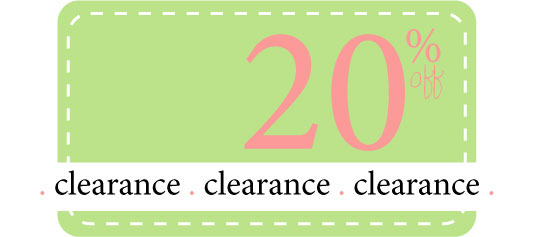
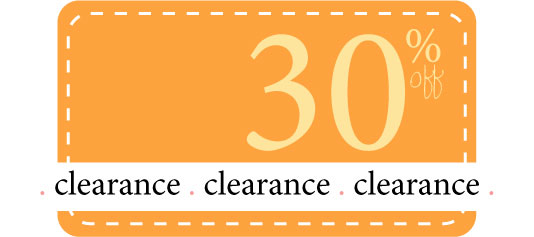
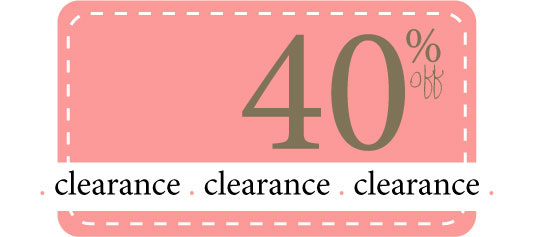
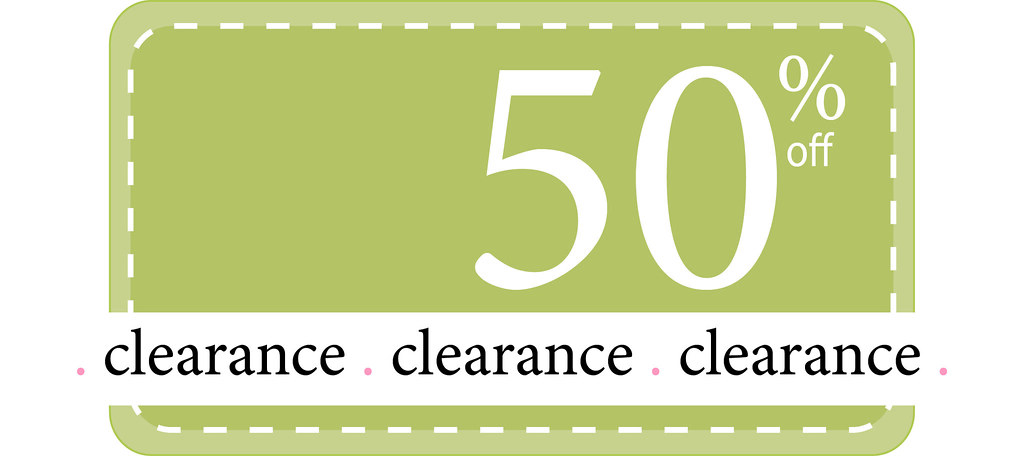
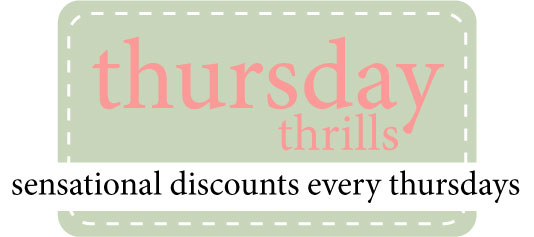
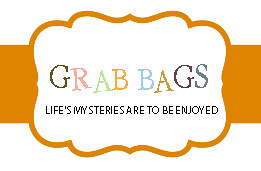

























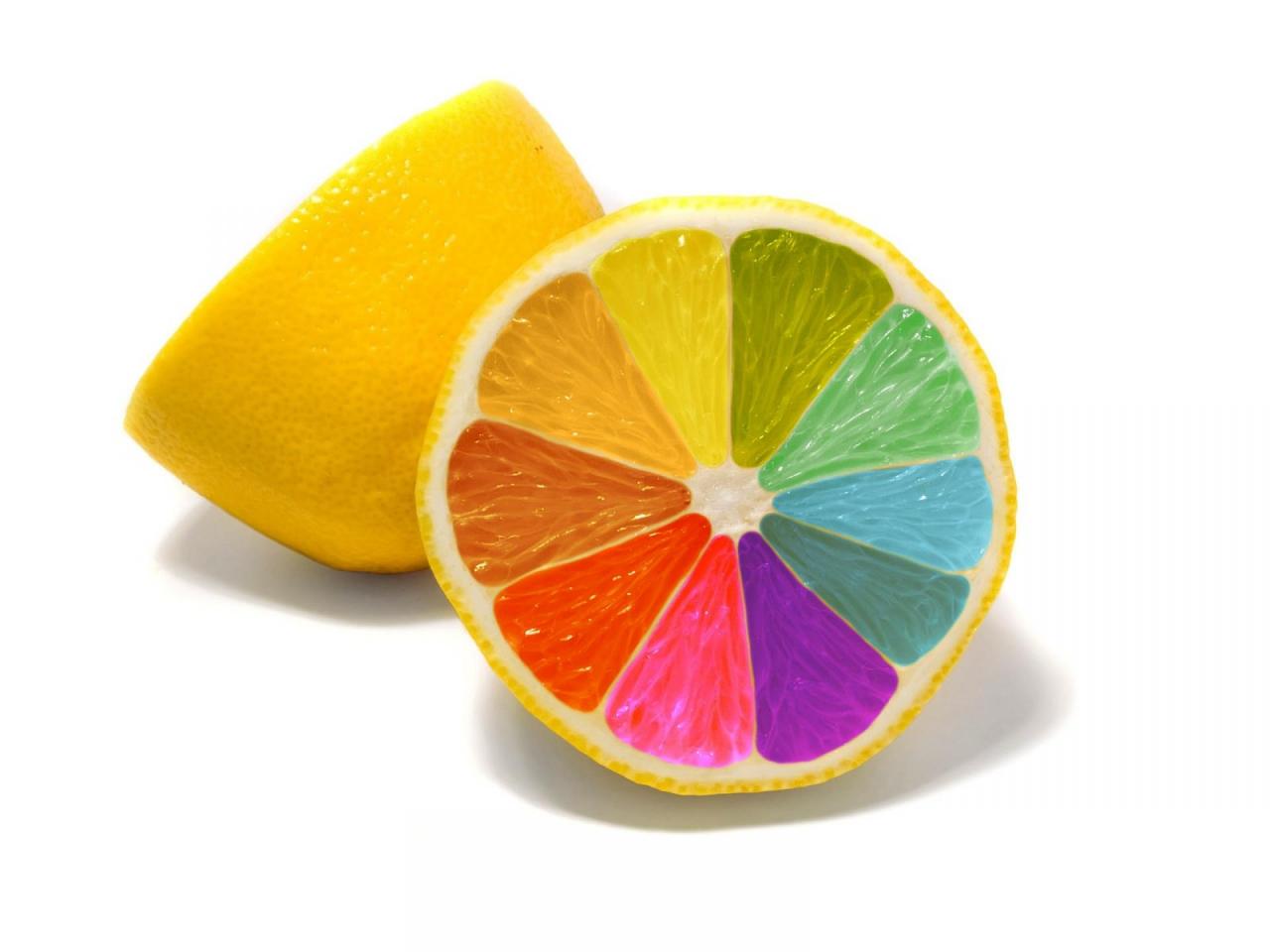

No comments:
Post a Comment